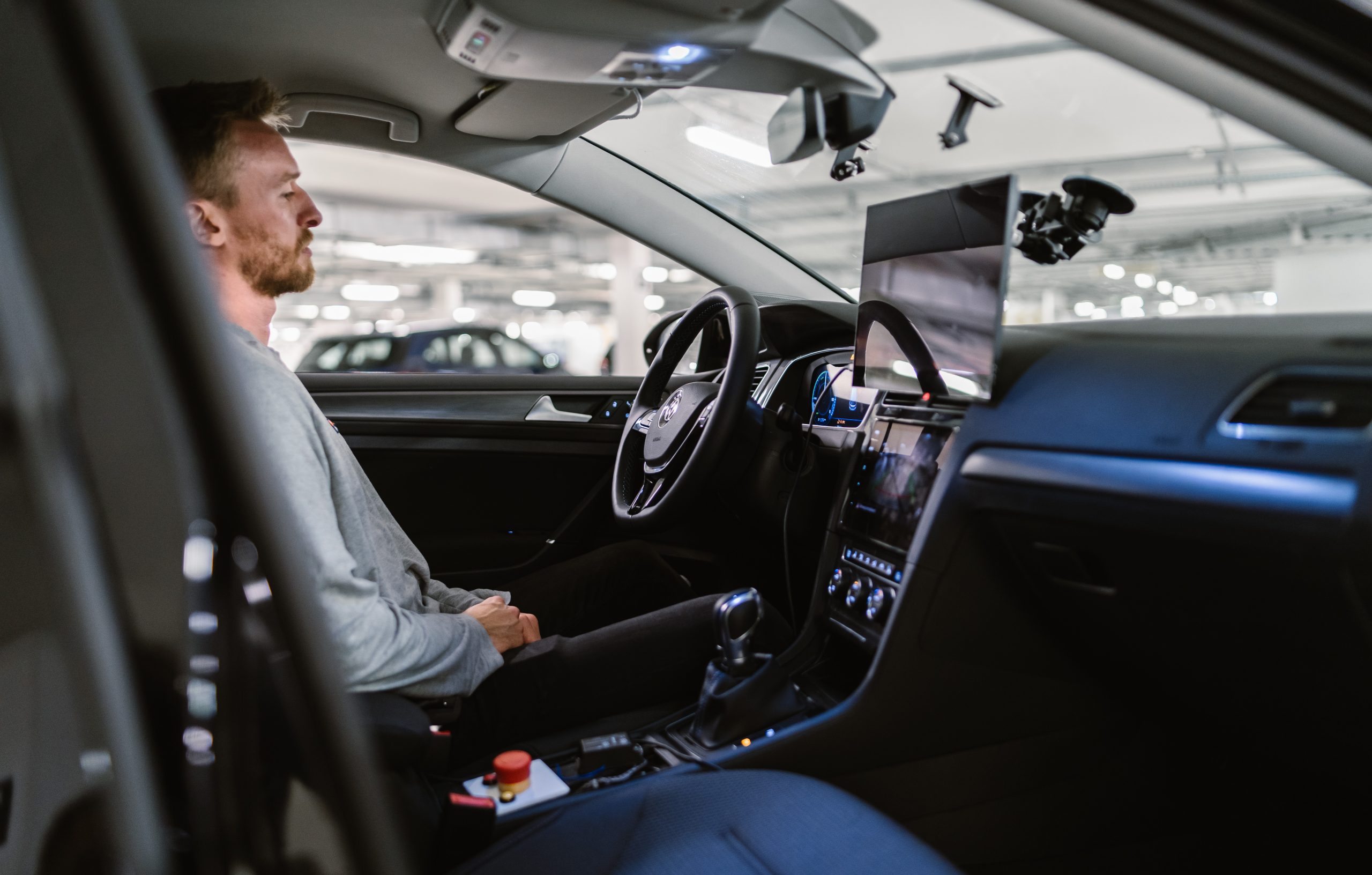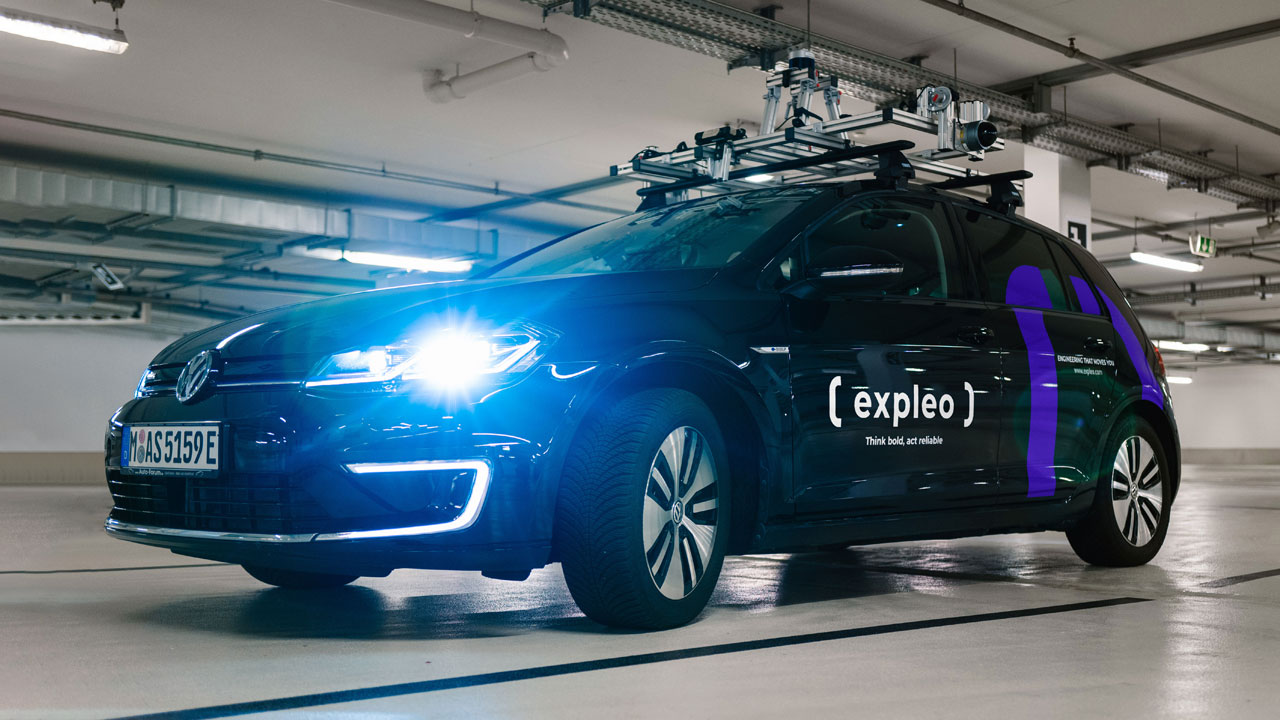Background
In many cities, finding somewhere to safely park is a challenge for many people. The use of autonomous driving technology will address road congestion and air pollution in cities by helping people park with ease, getting cars off the road faster than ever before. Drivers will no longer need to enter deeper levels of car parks, addressing concerns around safety and time wasted that see only the spaces nearest entrances and exits used. In future, cars with AVP (Automated Valet Parking) technology will be able to be serviced, cleaned, and charged more safely and easily when parked. The technology advances of AVP provides a stepping-stone on the way to level 4 (automated driving in controlled environments such as dedicated taxi lanes, car parks or airports) and ultimately level 5 autonomy: full automation with zero human activity in a public setting.

Challenge: environment for incubating innovation
Within a controlled environment like a car park, the driver, car, and infrastructure need to have a coordinated and secure interaction. Using deep experience across the automotive system, AVP harnesses the power of Artificial Intelligence, data fusion and computer vision. Expleo´s in-house R&D AVP project discovered new applications for autonomous driving and parking. At the same time, we wanted to increase our expertise in leading complex technological projects across multiple countries, including all steps from system definition to application on a prototype for both embedded and cloud-based services. Rather than create a ready-to-sell product, we set out to highlight our expertise in mastering a full-scale, technologically advanced, multi technology project. The result is a full-scale demo car for an end-to-end service around the everyday parking experience.

Solution: stepping-stone on the way to level 4 and beyond
From model-based development, to visual odometry and digital twins – various state-of-the-art methods and technologies have been integrated and tested in the demo vehicle. We discovered how closely the car and infrastructure need to work together. The AVP Type 2 system has integrated these functionalities and makes use of sensors in parking infrastructure as well as stationary Servers with the required software algorithms to control the whole system, as opposed to Type 1 where sensors and computing units are in the vehicle. The system can remove ‘blind spots’ and ‘dead zones’ in computer vision mapping used in autonomous driving to make it even safer and more widely applicable. Expleo’s pioneering work in automated parking is now helping automotive clients to bridge onboard systems and cloud-based infrastructure – taking the essential next step towards automated and autonomous operation of vehicles.

Outcome: innovation requires integration
The technology in the field of automated driving and parking is advancing rapidly. Therefore, we are going to integrate new applications, such as a Predictive Situation Analysis. This feature allows the detection of potentially hazardous situations before they arise. In addition, we research also on crowed-based mapping systems that allows an iterative mapping of the environment by other road users and the fusion of the generated data in the cloud.
How do we make these features all work together in real world situations and systems? That is the challenge that needs solving.
Our team is one of just a handful in the industry to offer cutting-edge expertise for AVP, besides other functions for assisted and automated parking. Our competencies in ADAS/AD, such as model-based development, environment perception, self-localisation, data-fusion,virtual and physical validation, combined with our expertise in the latest digital, IoT and cloud technologies form the ideal environment for incubating and integrating innovation in autonomous driving and parking. Furthermore, we have the capacity to help any industrial player move forward AVP challenges, whether that is moving packages in a warehouse, passengers in an airport or buses and cars in extra small, urban parking spaces.





